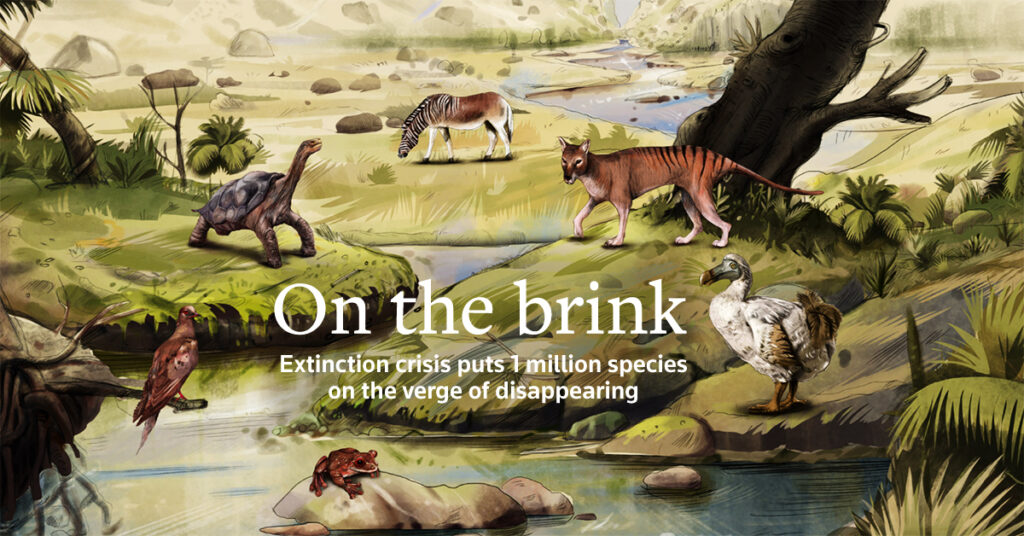
A groundbreaking simulation by the University of Bristol presents a concerning vision of Earth’s distant future. In 250 million years, our planet could undergo extreme climate changes, making it nearly impossible for mammals, including humans, to survive. This transformation will be driven by the formation of a new supercontinent, Pangaea Ultima, which will create a harsh and uninhabitable environment.
As Earth’s landmasses merge, temperatures could soar to 50°C (122°F) or higher, with no oceans to regulate the climate. The interior of this vast landmass will become a heat trap, leading to widespread desertification. Volcanic activity will further exacerbate the crisis by releasing immense amounts of carbon dioxide, intensifying global warming. The Sun’s increased brightness over millions of years will add to the rising temperatures, pushing the planet beyond habitable conditions.
High humidity levels will prevent mammals from cooling down, as sweat will fail to evaporate efficiently. Scientists predict that up to 92% of the planet’s land will become unlivable, leaving only polar and coastal areas as potential havens. While this future remains far away, it serves as a stark reminder of how planetary changes can shape the survival of life on Earth.
